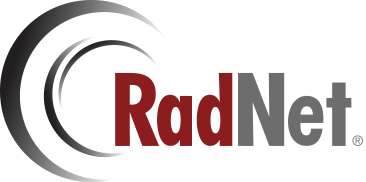
RadNet, Inc. (NASDAQ:RDNT) is set to release its quarterly earnings on February 28, 2025, with an estimated EPS of $0.21 and projected revenue of $459.4 million.
The company’s high price-to-earnings (P/E) ratio of 327.73 suggests that the market has high expectations for its future growth, despite a modest earnings yield of 0.31%.
RadNet’s debt-to-equity ratio of 1.94 indicates a significant level of debt, but a current ratio of 2.16 suggests sufficient liquidity to cover short-term liabilities.
RadNet, Inc. (NASDAQ:RDNT) is a leading provider of outpatient diagnostic imaging services in the United States. The company operates a network of imaging centers, offering services such as MRI, CT, and PET scans. As a key player in the healthcare sector, RadNet competes with other imaging service providers, striving to maintain its market position through innovation and strategic growth.
On February 28, 2025, RadNet is set to release its quarterly earnings, with Wall Street estimating an earnings per share (EPS) of $0.21 and projected revenue of approximately $459.4 million. Despite the anticipated revenue increase, analysts from Zacks Investment Research expect a decline in earnings for the quarter ending December 2024. This discrepancy between revenue growth and earnings decline could impact the stock’s performance.
RadNet’s financial metrics reveal a complex picture. The company has a high price-to-earnings (P/E) ratio of 327.73, indicating that investors are paying a premium for its earnings. This high valuation suggests that the market has high expectations for RadNet’s future growth. However, the earnings yield is a modest 0.31%, reflecting a low return on investment from earnings.
The company’s price-to-sales ratio of 2.48 and enterprise value to sales ratio of 3.03 highlight the market’s willingness to pay for RadNet’s sales. These ratios suggest that investors see value in the company’s revenue generation capabilities. Additionally, the enterprise value to operating cash flow ratio of 19.25 provides insight into RadNet’s cash flow generation relative to its valuation.
RadNet’s debt-to-equity ratio of 1.94 indicates a significant level of debt compared to its equity, which could pose risks if not managed properly. However, the company maintains a current ratio of 2.16, suggesting it has sufficient liquidity to cover its short-term liabilities. The upcoming earnings report and management’s discussion of business conditions will be crucial in determining RadNet’s future stock performance.

